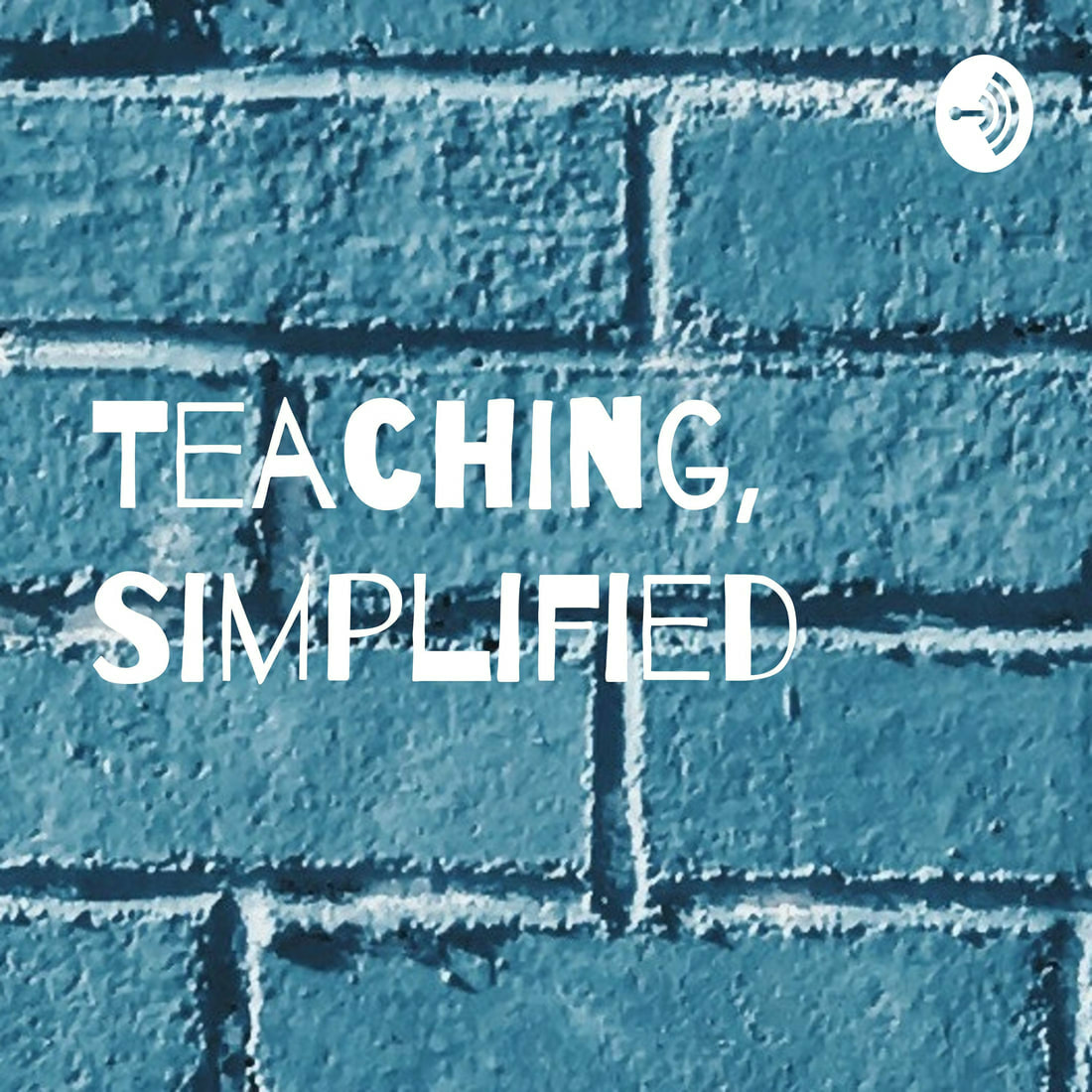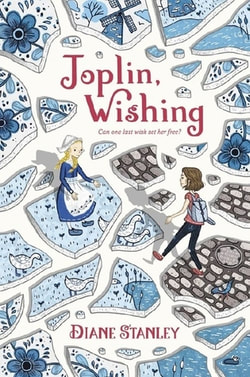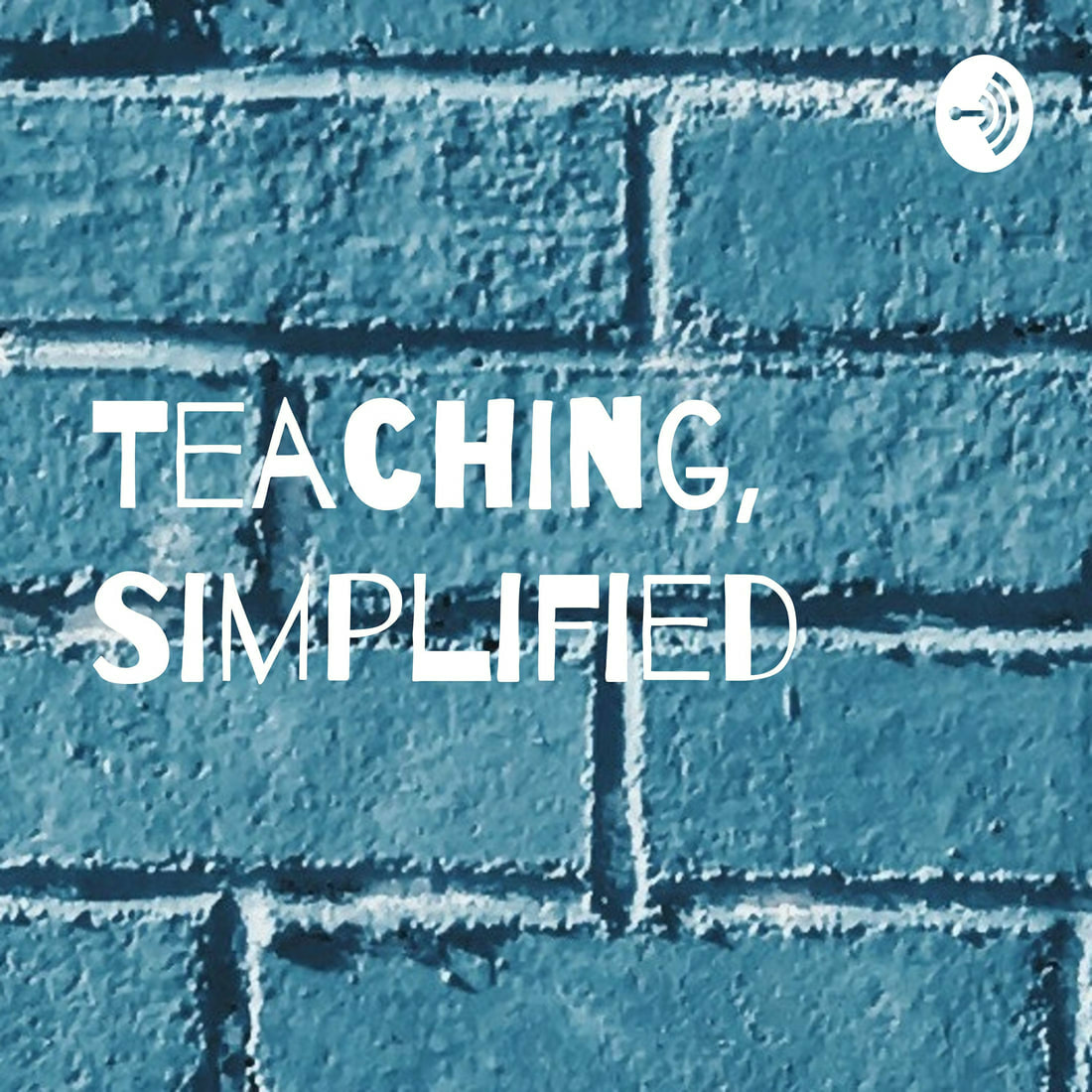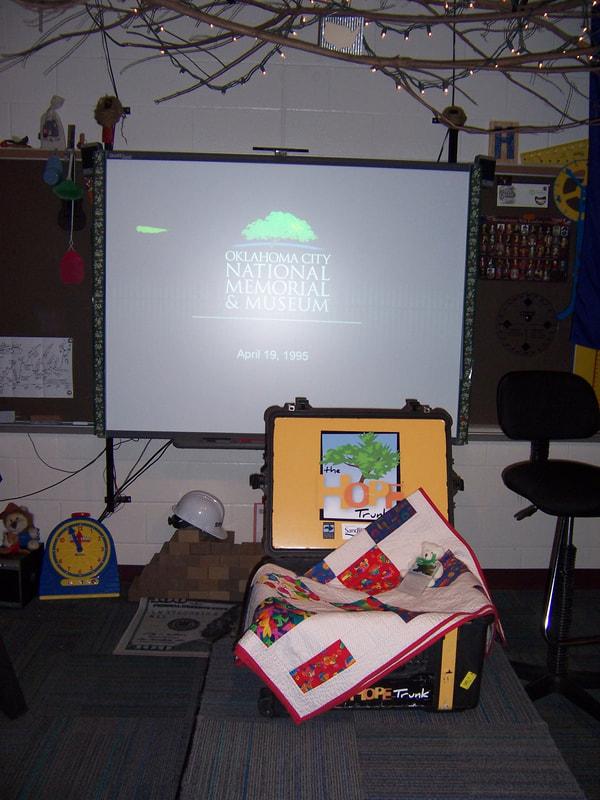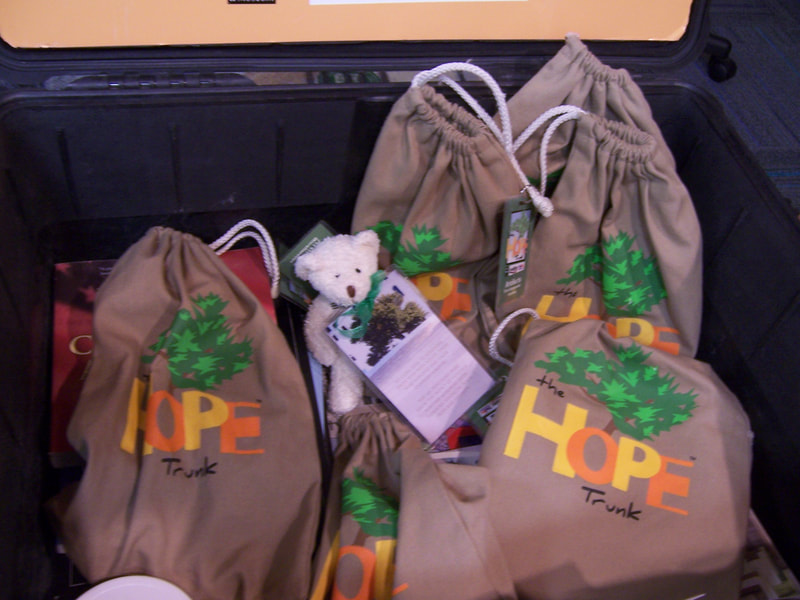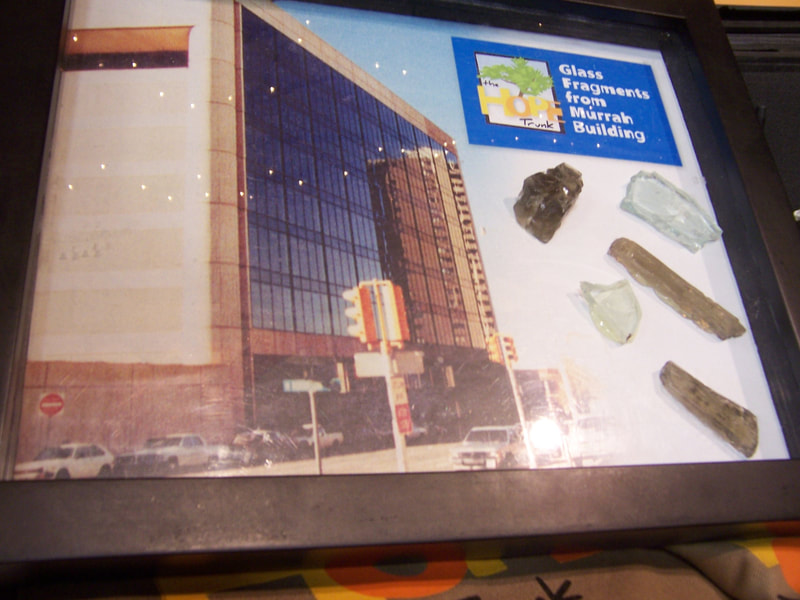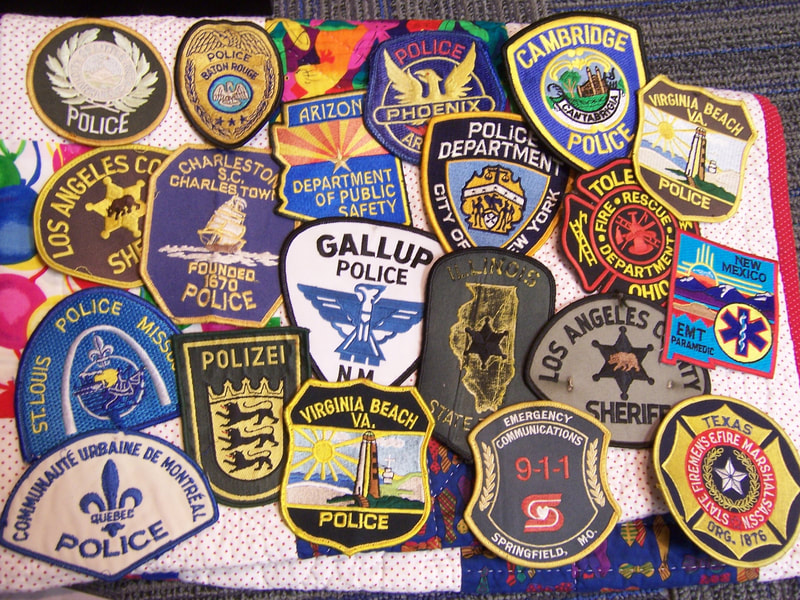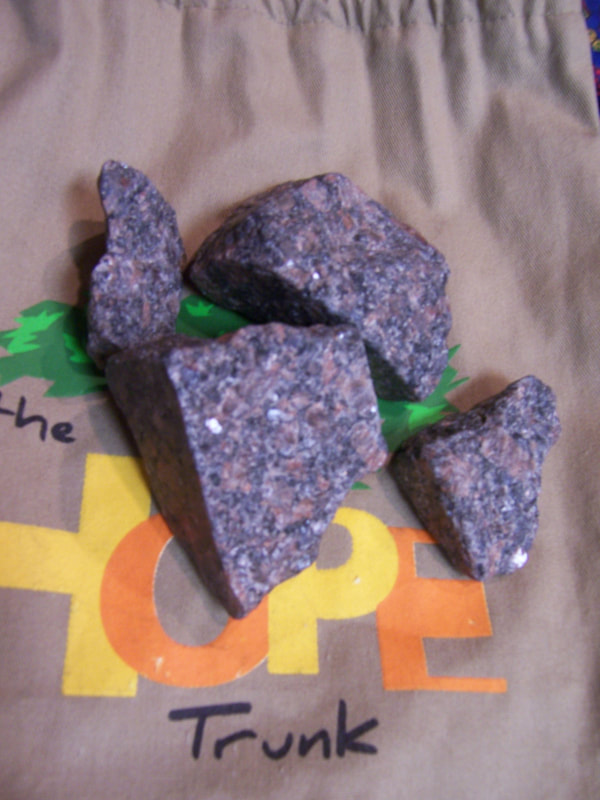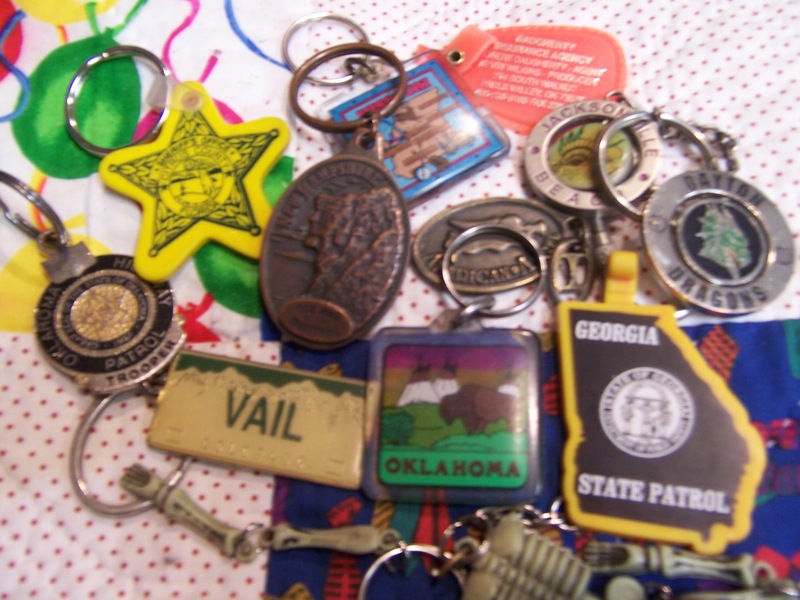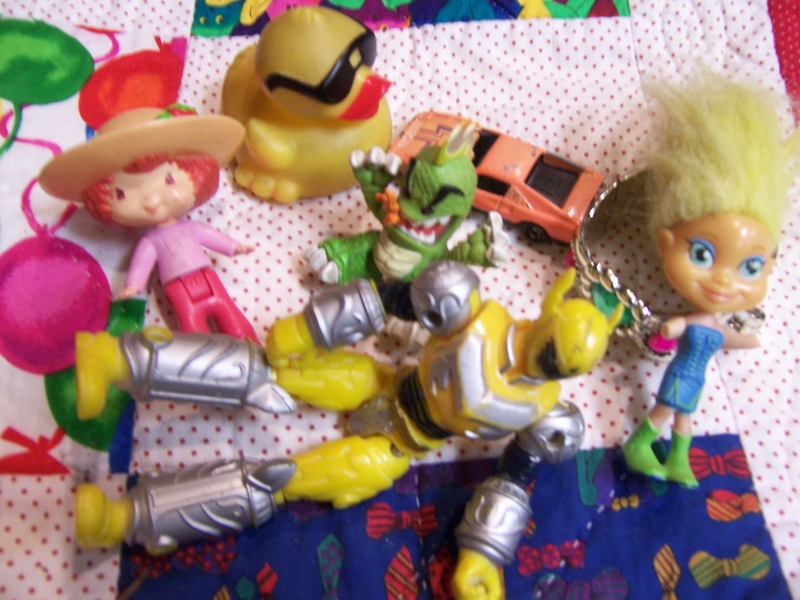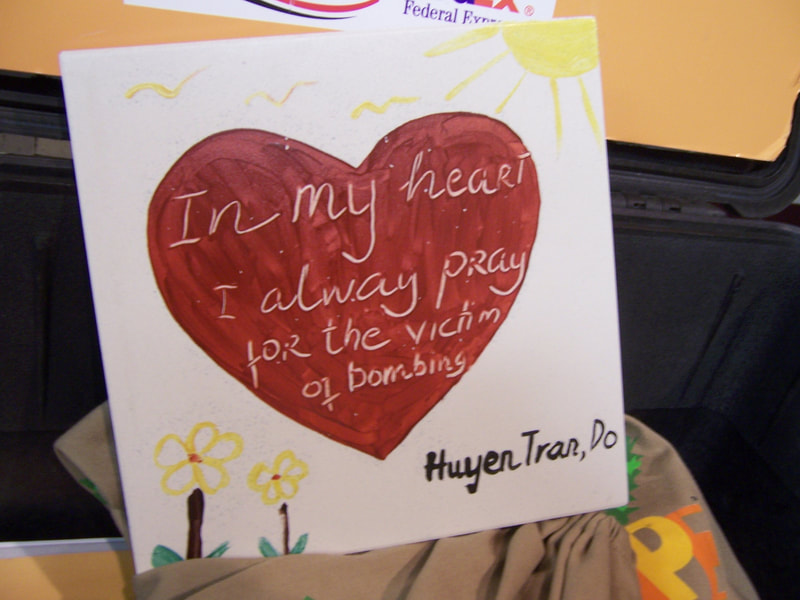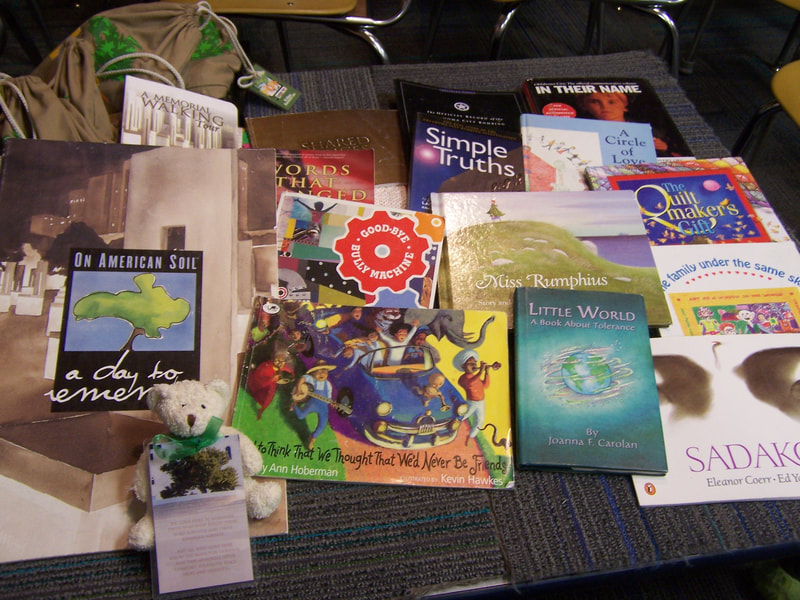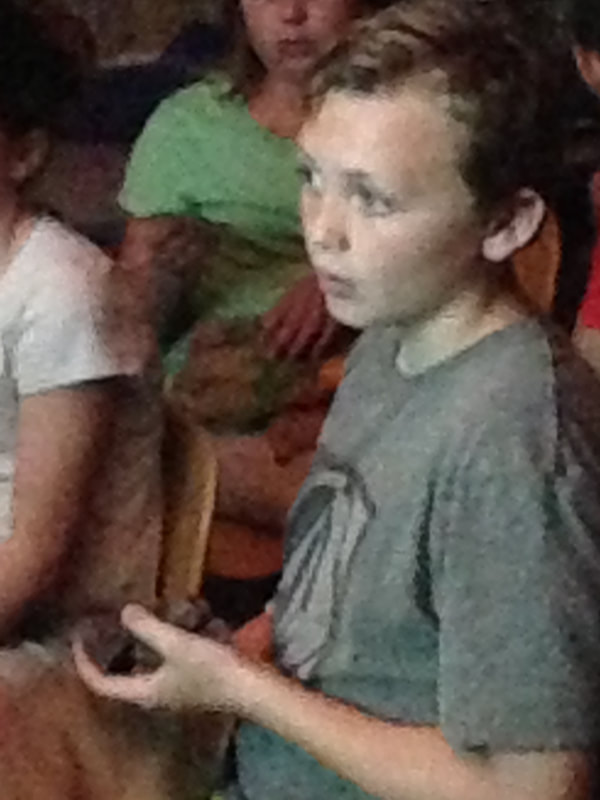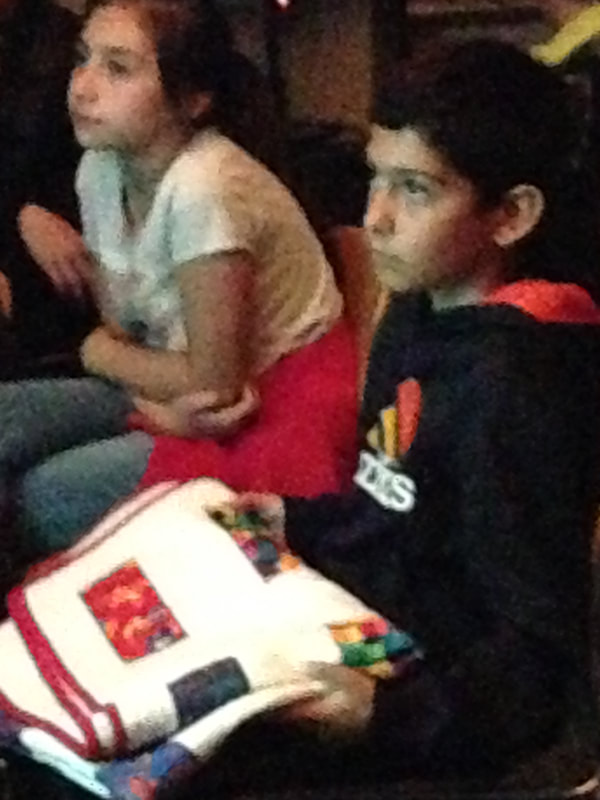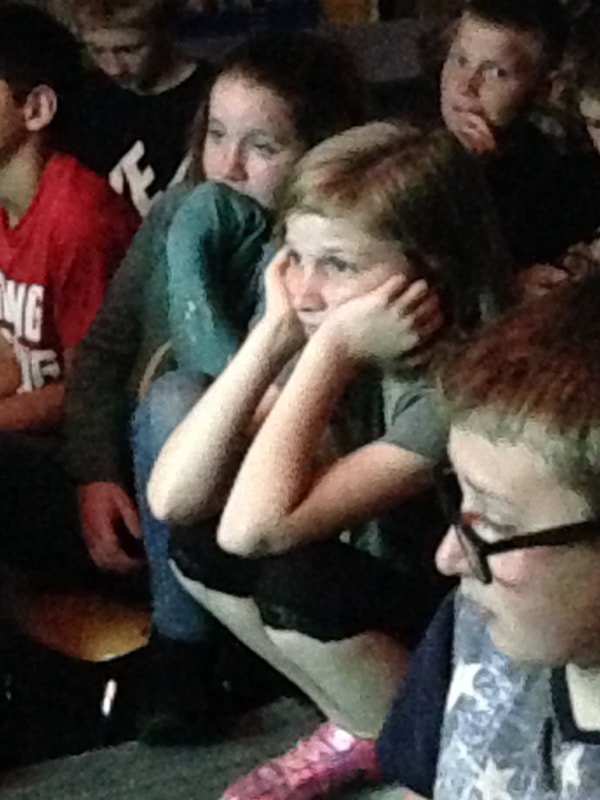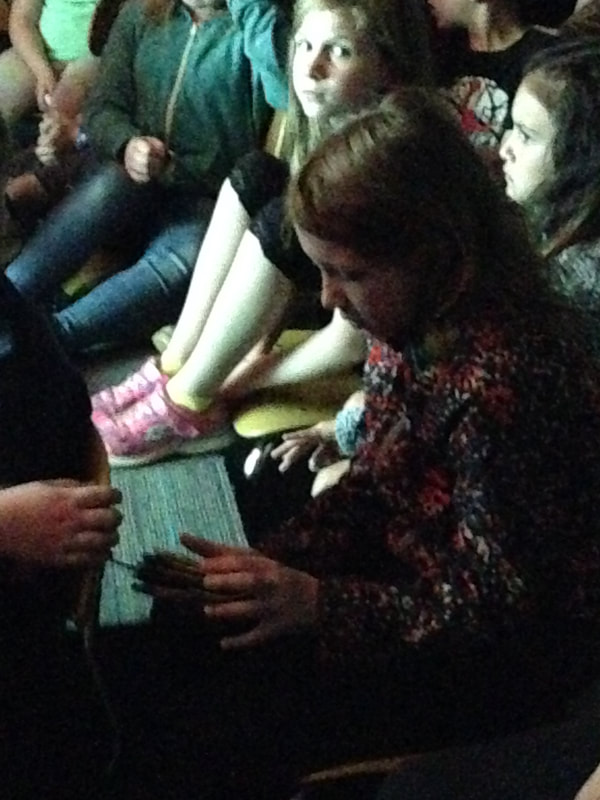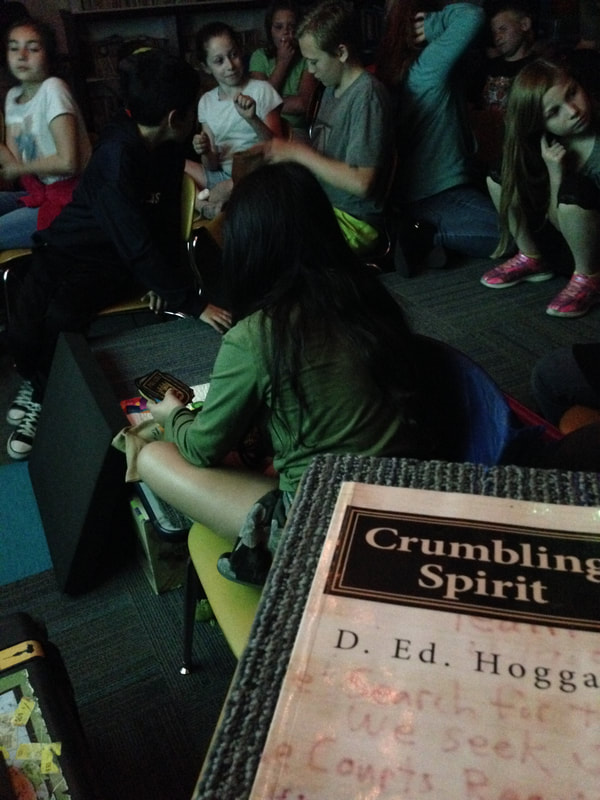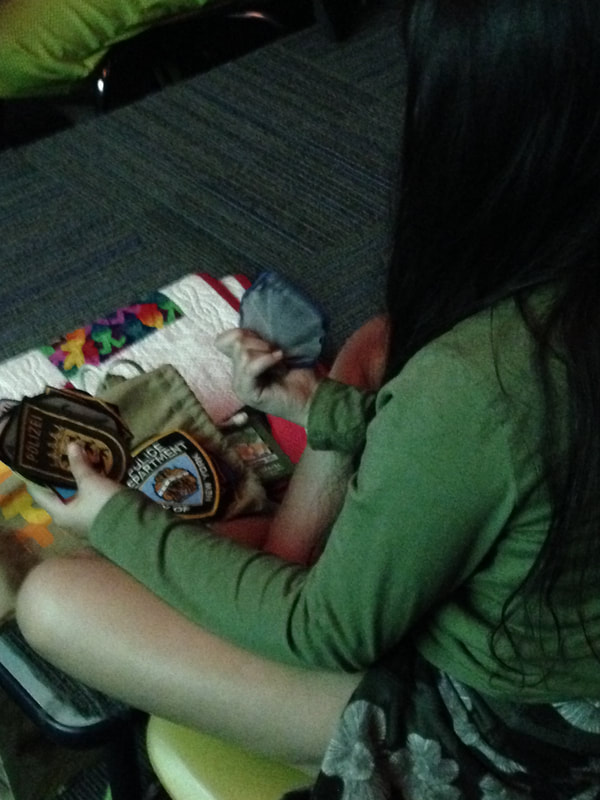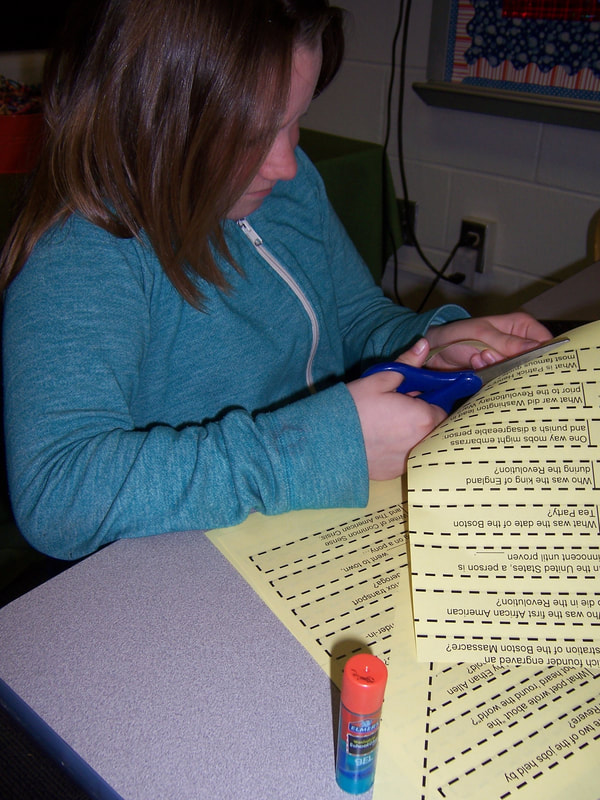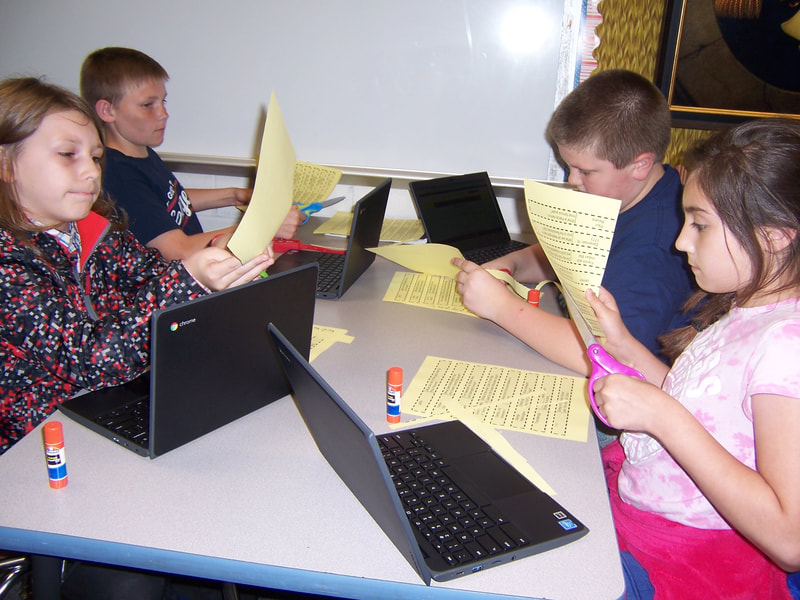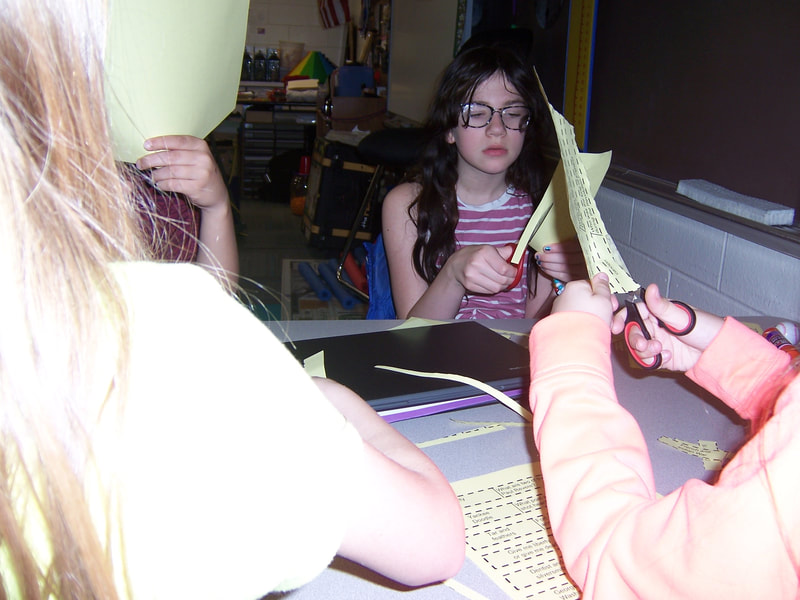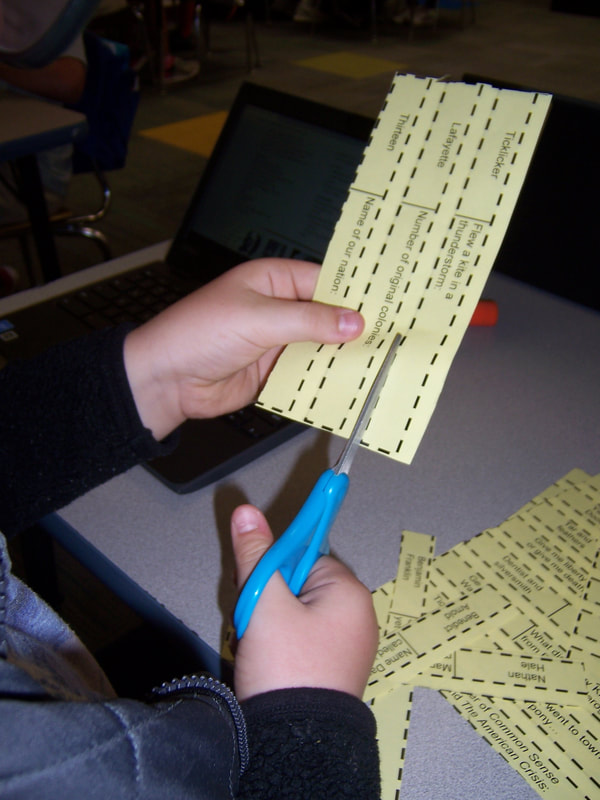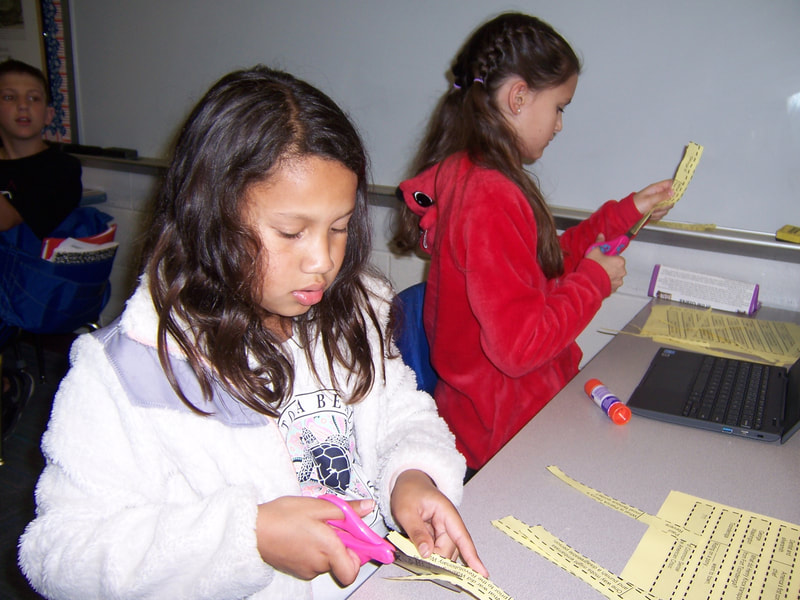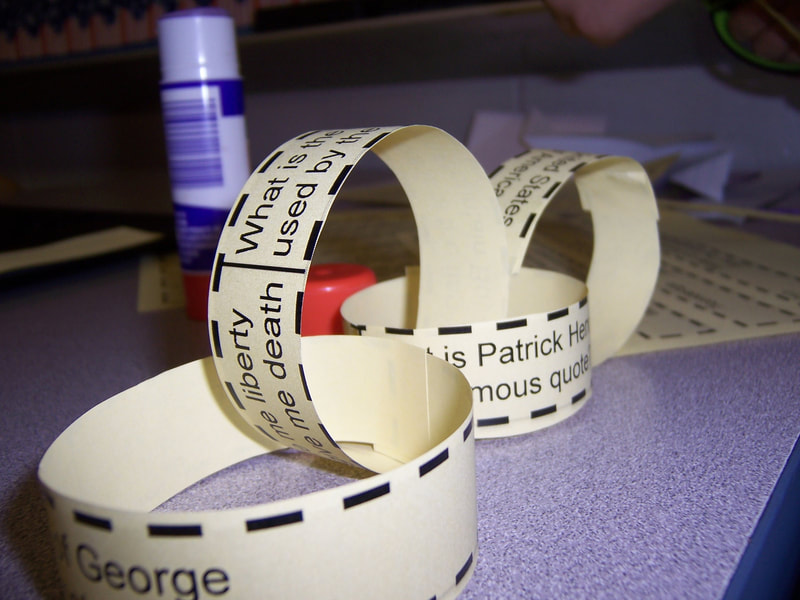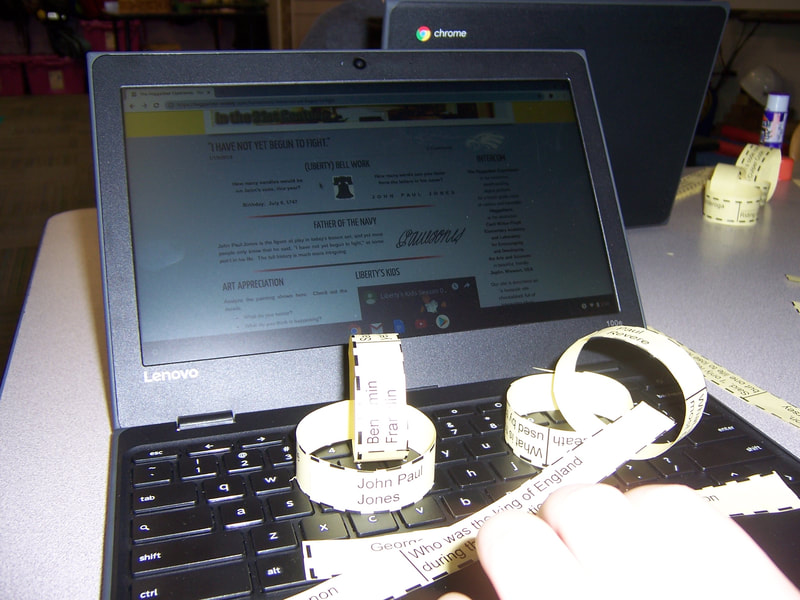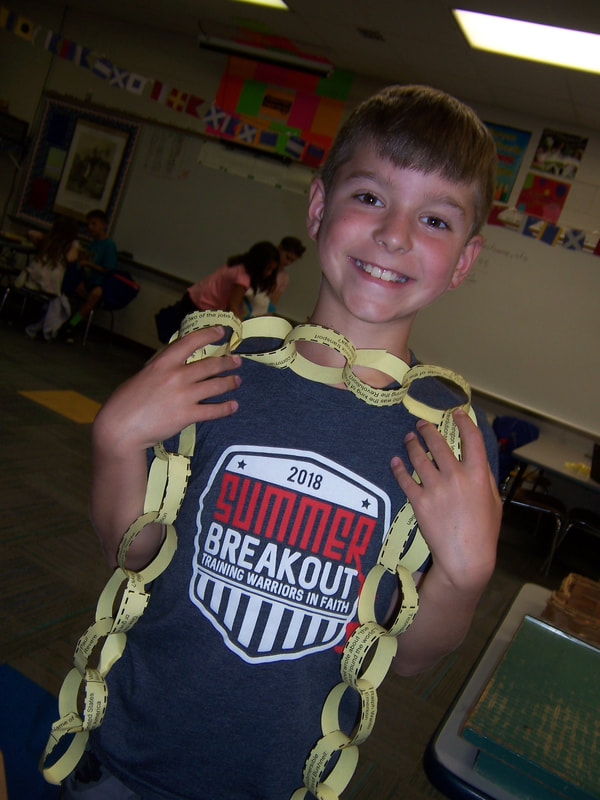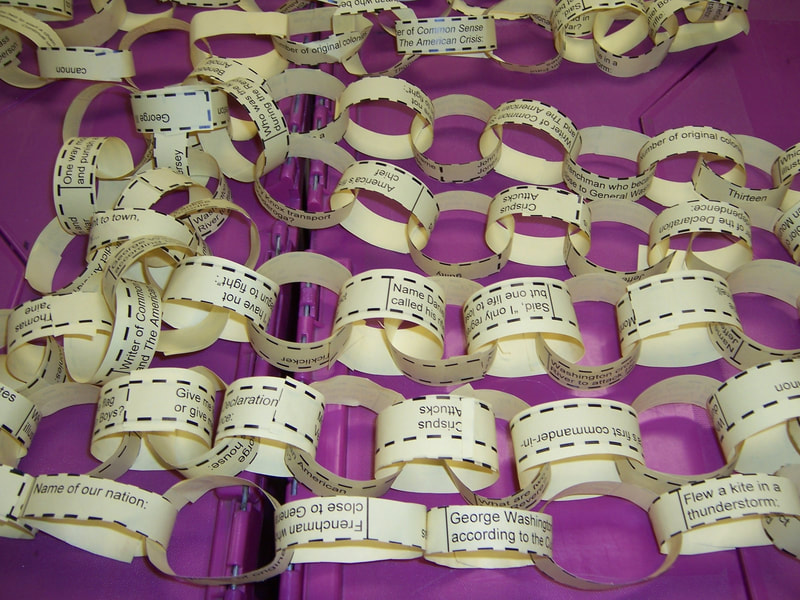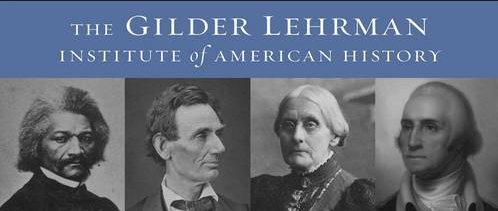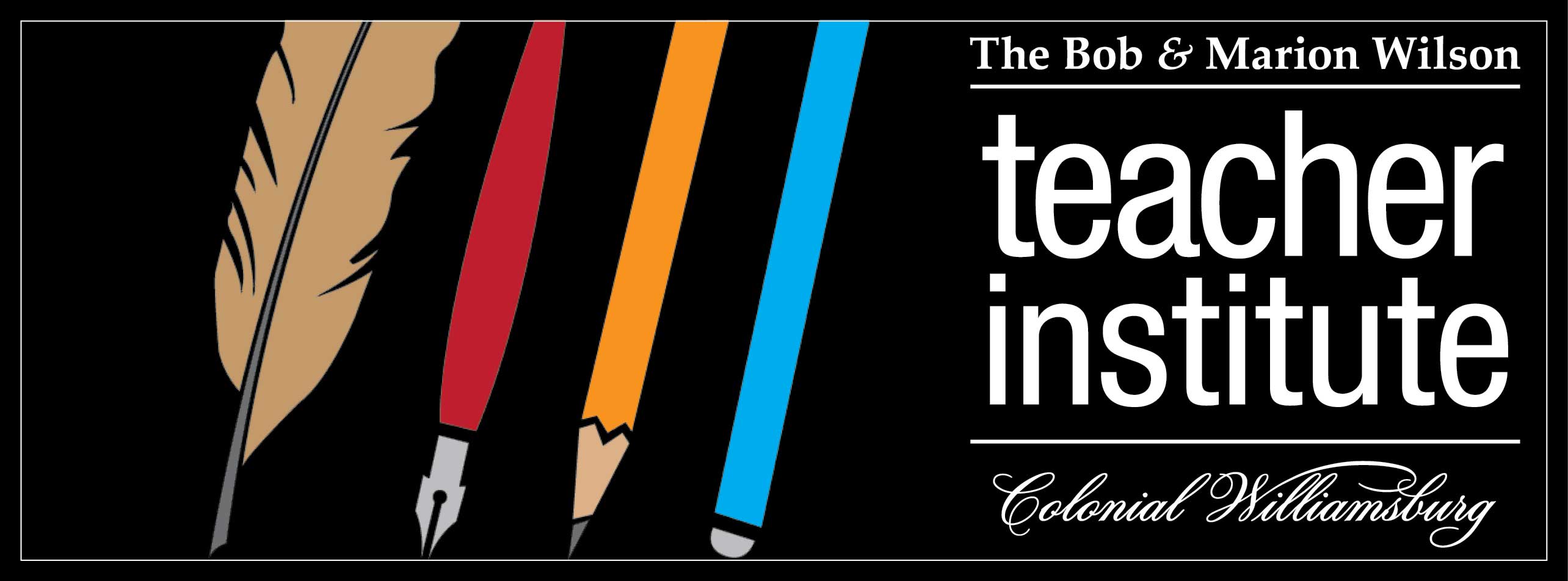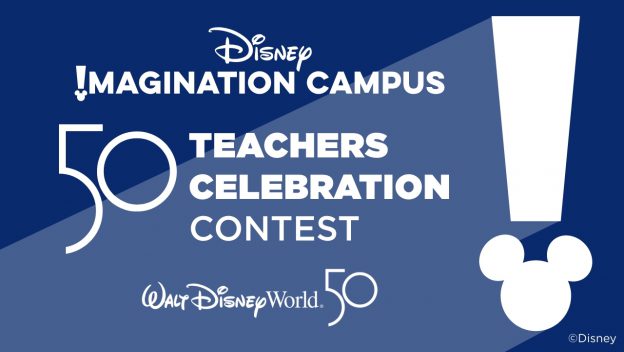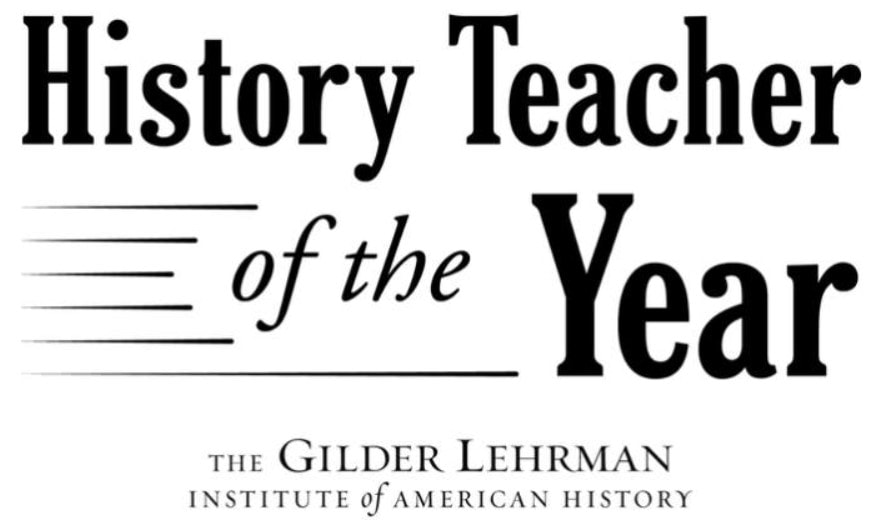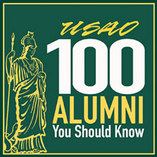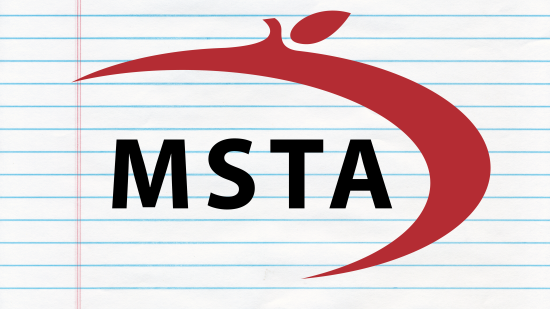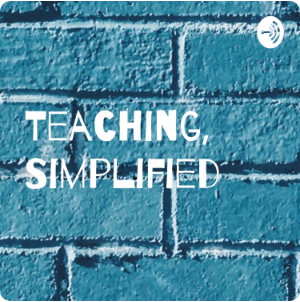| | Students are often called upon to read "chorally". That is, they read together simultaneously as a group. Repeating this practice assists young readers with reading fluency - the speed, accuracy, and inflection of oral reading. Why not, since it's called "choral" reading anyway, actually read the chorus of a song? |
|
2 Comments
Michael Jordan is arguably the best basketball player to walk onto a court. He is legendary. This video is intended to make us think about our own efforts, motivations, and roadblocks (Well actually, they're trying to sell shoes, but don't pay attention to that.). Take a minute to watch this video: Now for some questions:
Last weekend, I was in Memphis, Tennessee, just up the street from the location of the assassination of Martin Luther King Jr. Then, this week, we finally made our way to learning about Elizabeth (Mumbet) Freeman. Mumbet was a slave during the American Revolution who sued for her freedom, imagining that the Declaration of Independence's "All men are created equal" might just include African Americans. These two parts of our history are related, but difficult to understand without the context of a timeline. While our focus, this school year, has been on the Colonial and Revolutionary eras, I like to help students apply those moments to each other and to today (as well as the future). Again, it is difficult. What was MLK protesting in the 1960s? What were the southern and northern states fighting about in the 1860s? Did one I-Have-a-Dream speech and a long walk to a state capitol solve all the problems for black Americans? Were slaves truly freed by the Emancipation Proclamation? What did Thomas Jefferson mean when he penned, All men are created equal? Besides the big idea of unfairly treating our fellow man, two concepts have been brought to the forefront in our class. First, the United States history is often ugly, and second, themes in history are definitely more complicated than they appear - whether talking about the Civil Rights Movement, the removal of Native Americans from their ancestral lands, or the Japanese Internment Camps during the second World War. 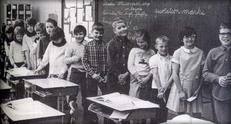 As long as you're looking for something to do on the internet, why not check out the Class Divided website? Click on the "Watch the Full Program Online" button, and think about how lessons, classrooms, and attitudes have changed - or not changed - since 1970. In the video, a teacher in an all-white school in Iowa conducts a lesson with a class of third graders. She purposely injects discrimination into her classroom, not to be cruel, but to simulate the consequences of prejudice for her students. Within 15 minutes, she says, her class became a microcosm of society, demonstrating the plasticity of our children's beliefs and attitudes. Once you get to the classroom part of the video, it will be hard for you to stop watching. Look at how frankly those students speak about the issues and the connections they make. Wonder how their belief systems were developed. Who influenced them to believe such things? Notice the forlorn faces of the students who are assigned minority status. I'll warn you upfront, though, you may get angry at the teacher, and you may be upset with the choices some of the kids make. You may also be unhappy with the inappropriate names that are expressed when dealing with the topic of black people. I am in no means endorsing the use of such derogatory language today, but the brief inclusion of those words in the video wholly demonstrates a culture shift from 1970 to the present. It was an interesting time. As I reflect on my own childhood (I was only three or four years, and a couple of states, away from being in the Class Divided.), I realize I never was in a class with an African American until college. I realize there were only a couple of black students in my elementary school and none in my middle of high schools. When my mom spoke with other moms about their feelings about busing, I didn't know what they were talking about. Not long before, Rosa Parks had inadvertently begun the Montgomery bus boycotts, the Freedom Riders had been viciously beaten in Mississippi, and nine black high school students were escorted by the military to attend a previously all-white school in Little Rock, Arkansas. King was killed when I was three, long before I became interested in American history or politics. It was a long time before I knew anything about discrimination or racism - though I never liked being called four-eyes. 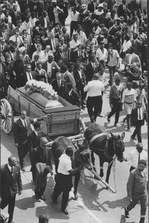 Since then, I have given a lot of thought to the Civil Rights era. I have seen documentaries and fictionalized movies and TV shows. I have read books and magazine articles outlining many of the issues. I have made connections throughout history, from the Gullah Islands, Uncle Remus stories, slavery in the American colonies, and the treatment of slaves in the Deep South. I have stood in the courtroom of the infamous Dred Scott Decision right here in Missouri. I have walked in the footsteps of Abraham Lincoln, at his house in Springfield, Illinois. I have touched cannon and bayonet used during the Civil War. I have been in President Grant's house, have ridden on Huckleberry Finn's river, and have seen Martin Luther King's Ebenezer Baptist Church. 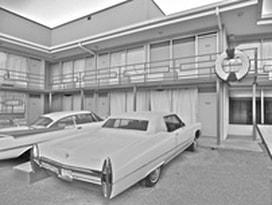 When I had the fortune to visit the Ron Clark Academy in Atlanta, Georgia, I took a few hours to drive to the Martin Luther King Jr. National Historic Site. While there, I fixated on one object for several minutes - an old, weathered wagon. I learned from the room that surrounded me that this was the wagon that carried King's body to the cemetery. King wanted his funeral to be yet another opportunity to preach about inequality and humility. Drawn by mules, the wagon transported his body through crowds of mourners. All the other items in the museum - the video screens, oversized photos, and the statuary - paled in comparison with this single, real icon. A while ago, on a different trip to Memphis, I walked to the location of King's assassination. It's always interesting to me to stand in the actual location of just about any historic event, to touch items of historic significance, and the internalize the significance of those events. Making those events come alive in the classroom takes some creativity and some serious conversation in order to pique the interest of fourth graders, but it is a possibility. I always approach the ugly times by emphasizing the positive outcomes of those events: freedom from slavery, equal rights, and more civil treatment of people of color. Recognizing that the latter, in a big way, is wrought with continued difficulties in our country, progress has been made through generations. That should move us forward with goals of continued improvement. Encouraging a positive message for the future must involve a look at the negatives of the past. Our history is still in the process of being written. When I consider the ongoing current world issues involving discrimination - religion, gender, orientation, and politics being among the most obvious - I realize the past, present, and future have been delicately intertwined and cannot be simplistically isolated. Our history is ugly, and without a doubt, it is complicated. As we move forward, may our children make more and more righteous and informed decisions. We're learning from the past for the sake of our future.
Choose your preferred platform to listen, subscribe, and share:
"If it falls your lot to sweep streets,
sweep them like Michelangelo painted pictures, like Shakespeare wrote poetry, like Beethoven composed music." (Anonymous, paraphrased by Martin Luther King Jr.) The scheduled facilitators at the Ticonderoga Teacher Institute, this summer are certainly experts and scholars. I know I will learn a lot with their help. Rich Strum, Director of Academic Programs
I met Rich Strum at last year's Mount Vernon Teacher Institute. Strum is Fort Ticonderoga’s Director of Education. He serves as Project Director for teacher workshops. Rich has twenty-seven years experience in the museum education field and has been at Fort Ticonderoga since 1999. He is the author of three books for young readers related to the American Revolution. Tim Potts, Teacher Facilitator Tim Potts is a middle school lead Social Studies teacher from Monticello, New York. Potts will be the Teacher Facilitator for the institute. He is a veteran teacher that has presented at the local, state, and national levels on innovative ways to teach Social Studies. He is also the current treasurer, past President of the New York State Council for the Social Studies, and is now on the board of the National Social Studies Supervisory Association. Matthew Keagle, Curator I am already familiar with Matthew Keagle through videos available through Fort Ticonderoga's website and Youtube channel. Keagle is said to be extremely competent as a leader in the museum profession and has a clear and passionate commitment to developing a premier comprehensive curatorial program that will bring to center stage Fort Ticonderoga’s world renowned collections through exhibitions, digital media, research, programming, and publications. Dr. David Silbey, Cornell University David Silbey will be the lead scholar for the week. Silbey is a senior lecturer at Cornell. He teaches courses on European history, modern military history, guerilla conflicts, and the role of popular will in waging war. He received his BA from Cornell and his PhD from Duke University. Silbey's first book, The British Working Class and Enthusiasm for War, 1914-1916, was published in 2005. His second book, A War of Empire and Frontier: The Philippine-American War, 1899-1902, was published two years later. Nicholas Spadone, Director of Interpretation Nick Spadone has several years of experience in historical interpretation and research into 18th-century military history. He joined the Fort Ticonderoga museum staff in 2014 and has since developed major initiatives in military programs, heritage breeds, and carpentry. Miranda Peters, Director of Collections Peters works to document, preserve, and make accessible the museum’s holdings. Under her leadership, numerous prestigious grants have been secured to expand the collection staff to undertake challenging projects, preserve the objects, and make them accessible to the world on a new online collections database. Josh Mason, Museum Education Coordinator Joshua Mason works with teachers and students of all ages, representing Fort Ticonderoga. Mason coordinates with reenactors and his fellow staff members to establish and execute educational programs that are age-appropriate, historically accurate, and engaging. Keith Herkalo, President of the Battle of Plattsburgh Association The Battle of Plattsburgh Association operates the War of 1812 Museum in Plattsburgh, NY. Keith Herkalo is the author of The Battles at Plattsburgh: September 11, 1814, the editor of The Journal of H.K. Averill, Sr, and the author of numerous historical articles in regional historical publications. His research was instrumental in the location and subsequent positive archaeological investigation of “Pike’s Cantonment”, the winter-1812 hut site of the American forces at Plattsburgh. Brad Niles, Fort Plain High School Brad Niles will make a presentation entitled How the Fort Ticonderoga Teacher Institute Changed my Classroom. Niles teaches in Fort Plain, New York. Around here, when we see the name Joplin, we think of the name of our town, but in this novel by Diane Stanley, Joplin is the name of the main character. In fact, the book mentions how Joplin received her name, even mentioning that she is not named after Joplin, Missouri.
I kept thinking of other ways Joplin could fix her problem. At times, it seemed that Joplin was so stuck in her own world that she forgot about what she had at her disposal. Other times, especially in the beginning, it felt like the author was writing for an adult audience, getting bogged down in legal text.
All that to the side, I did find Joplin, Wishing to be an intriguing story. As ridiculous as the premise - a platter that grants wishes, a girl wished from the platter into reality, an immortal bad guy - it works, and anyone with an open mind might want to read far enough into it to get the full effect of the plot.
Sometimes it helps to understand another point of view, and sometimes we just need to contemplate some well-rhythmed poetry. Knock Knock may not be something you can relate to...but then again, maybe it is. Take two and a half minutes to watch this video: Now for some questions:
I have been staring at the schedule for my upcoming visit to America's Fort since it was delivered to my inbox on Wednesday. It is a full schedule with some intriguing topics. In addition to lectures, discussions, and workshops, participants will tour the fort and museum facilities, jaunt to Mount Defiance, take a boat cruise on Lake Champlain, and experience the 30-foot bateau (flat-bottomed rowing boat) firsthand. I confess to being overwhelmed by the topics in the schedule. Just when I think you know most of the answers, a schedule like this comes into play and challenges me. That just means I have the opportunity for lots of growth, this summer.
Choose your preferred platform to listen, subscribe, and share:
The message of April 19 is not one of desperation and pain. It is one filled with empathy and compassion. The message of the terrorist attack in Oklahoma City cannot remain one of hatred, but must become a message of hope and a renewed spirit in humanity. One person committed one horrendous act in hateful revenge, that day, but hundreds of thousands (at least) responded with love and kindness.
When my students are able to touch historical artifacts for themselves (and realize that an artifact is created when it is imbued with the event that surrounds it), they come to appreciate the reality of the event. When they experience the event from somebody who was there, they can better appreciate how recent history can be.
So yes, history is ugly and dirty. That's why we must continue to foster new attitudes in students. I know a few who might better understand that how we treat our fellow man, with revenge or understanding, with tolerance or hatred, matters. May they forever carry those feelings with them as they advance from my class and into the world.
After learning about the massive chain that was extended across the Hudson River to protect West Point from attack by British ships during the American Revolution, students were given a review of our year through the period. Making their own chain links, they completed the question on one link with the answer on another. When completed, they should have had 30 links, and the first should have the answer for the last link. I learned a lot about how I need to adjust the activity for future classes.
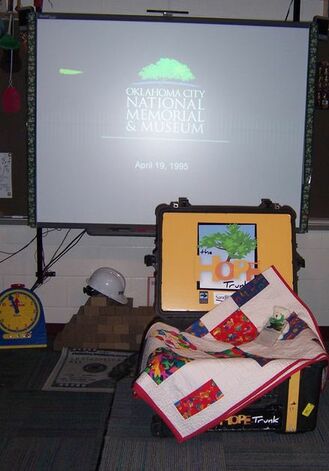 April 19, 1995. Twenty-four years from Friday. Twenty-four years ago, a young man named McVeigh parked his rented moving truck on the street behind the Alfred P. Murrah Federal Building in Oklahoma City. Inside the truck, a bomb would soon detonate and change the lives of countless people. One hundred sixty-eight people dead. I taught second graders just four miles away. We heard the explosion. We felt the concussion. We experienced the emotions. Confusion. Fear. Confusion. I will relay my story - my personal experiences with the 1995 terrorist attack - today. My experience with being the one responsible for leading the school into a red alert, locking the outside doors. My wife's experience of holding the one-year-old who was famously photographed in the firefighter's arms. My grandmother's experience of panic, thinking "they" were "blowing up Oklahoma City". It is a history that needs to be remembered, studied, and learned from - one evil act counteracted by hundreds of thousands of generous responses in return. This, like Joplin's response to the tornado, eight years ago, was a defining moment - a moment when we found out who we were. In Oklahoma City, they call that response "The Oklahoma Standard". We will look at my pictures of the Oklahoma City National Memorial, today. I'll take our fourth graders inside one of the best museums I've ever experienced. CONGRATULATIONS! That was the message in my emailbox, when I opened it, yesterday morning. I have to admit to being both excited and anxious at the prospect of visiting Upstate New York for the first time. I am told the area is absolutely beautiful, and the added benefit of studying the French and Indian War and World War I in such an iconic and historic location only heightens my appreciation for the opportunity. If I get to accept the opportunity, I will travel to New York (likely via the Vermont airport), adding two more states to my list of experiences. While there is not much information - yet - about the week I get to spend at the fort, they did let me know about our teacher facilitator, Tim Potts. It will be Mr. Potts' job to wrangle the teacher group for the week, making sure we arrive in the right locations at the right times with the right materials and attitudes. Tim Potts, a middle school lead Social Studies teacher from Monticello, New York, will be working with me during the Institute as the Teacher Facilitator. Tim is a veteran teacher that has presented at the local, state, and national levels on innovative ways to teach Social Studies. Tim is the current Treasurer, past President of the New York State Council for the Social Studies, and is now on the board of the National Social Studies Supervisory Association. He will be staying at the Best Western during the week and will be an excellent resource for you. There will also be some reading assignments to complete ahead of the journey, and of course, that nerve-wracking anticipation that comes with making flight plans, driving plans, and personal plans, all while waiting and waiting for the day to arrive. Only 12 teachers are selected from the states and territories of the U.S. and international teachers may also apply, so it is truly a rare honor to be afforded the opportunity. In the meantime, time marches on as I must seriously consider my option to participate. Once you’ve accepted this offer, I will be in touch with further details. I look forward to spending a week with you and your fellow Institute teachers this summer at our Seventh Fort Ticonderoga Teacher Institute. |
AnthemThe Hoggatteer Revolution
is an extensive, award-winning, inimitable, digital platform for Encouraging and Developing the Arts, Sciences, and honest Christianity in the beautiful, friendly LAND OF THE FREE AND THE HOME OF THE BRAVE This site is described as
"a fantastic site... chockablock full of interesting ideas, hilarious anecdotes, and useful resources." 
...to like, bookmark, pin,
tweet, and share about the site... and check in regularly for new material, posted often before DAWN'S EARLY LIGHT! History in ResidenceElementary Schools: Bring Mr. Hoggatt into your classroom for a week of engaging and rigorous history programming with your students. LEARN MORE BUILDING BETTER
|
